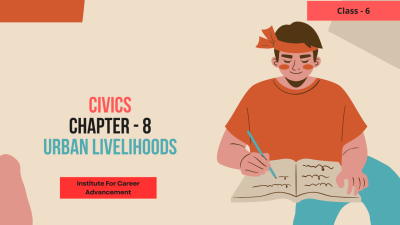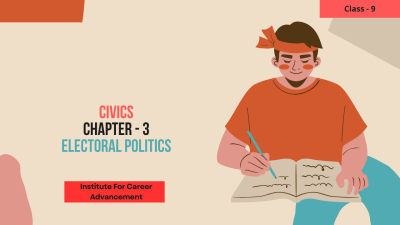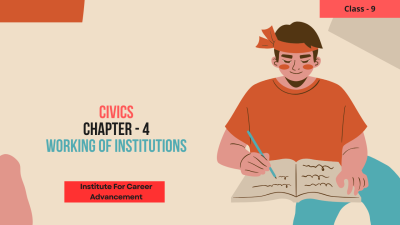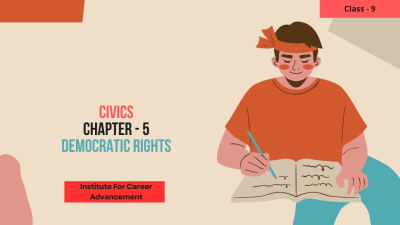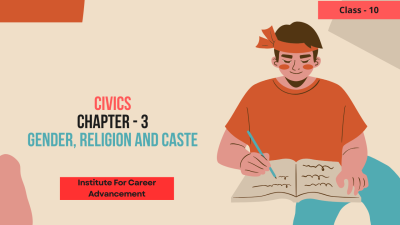Urban Livelihoods - Class 6
Urban livelihoods refer to the ways people in cities and towns make a living. Unlike rural areas, which often rely on agriculture and natural resources, urban communities offer a diverse range of occupations and industries. Common urban livelihoods include: Services: Retail, healthcare, education, transportation, hospitality, and finance. Manufacturing: Production of goods in factories and workshops. Construction: Building and maintaining infrastructure (roads, buildings, bridges). Technology: Information technology, software development, and telecommunications. Government: Public service jobs in administration, law enforcement, and education. Arts and culture: Creative professions like music, theater, film, and design. Urban livelihoods are influenced by factors such as education, skills, and economic opportunities. While cities offer a wide range of job options, they also face challenges like competition, unemployment, and the cost of living. শহুরে জীবিকা বলতে শহর ও শহরের মানুষের জীবিকা নির্বাহের উপায়কে বোঝায়। গ্রামীণ অঞ্চলগুলির বিপরীতে, যা প্রায়শই কৃষি ও প্রাকৃতিক সম্পদের উপর নির্ভর করে, শহুরে সম্প্রদায়গুলি বিভিন্ন ধরনের পেশা এবং শিল্প সরবরাহ করে। সাধারণ শহুরে জীবিকা অন্তর্ভুক্তঃ পরিষেবাঃ খুচরো, স্বাস্থ্যসেবা, শিক্ষা, পরিবহন, আতিথেয়তা এবং অর্থ। উৎপাদনঃ কারখানা ও কর্মশালায় পণ্য উৎপাদন। নির্মাণঃ পরিকাঠামো নির্মাণ ও রক্ষণাবেক্ষণ (roads, buildings, bridges). প্রযুক্তিঃ তথ্য প্রযুক্তি, সফ্টওয়্যার উন্নয়ন এবং টেলিযোগাযোগ। সরকারঃ প্রশাসন, আইন প্রয়োগকারী এবং শিক্ষায় জনসেবার চাকরি। শিল্প ও সংস্কৃতিঃ সঙ্গীত, থিয়েটার, চলচ্চিত্র এবং নকশার মতো সৃজনশীল পেশা। শহুরে জীবিকা শিক্ষা, দক্ষতা এবং অর্থনৈতিক সুযোগের মতো বিষয়গুলির দ্বারা প্রভাবিত হয়। যদিও শহরগুলি চাকরির বিস্তৃত বিকল্প সরবরাহ করে, তারা প্রতিযোগিতা, বেকারত্ব এবং জীবনযাত্রার ব্যয়ের মতো চ্যালেঞ্জেরও মুখোমুখি হয়।
English
Last updated
Wed, 27-Nov-2024

